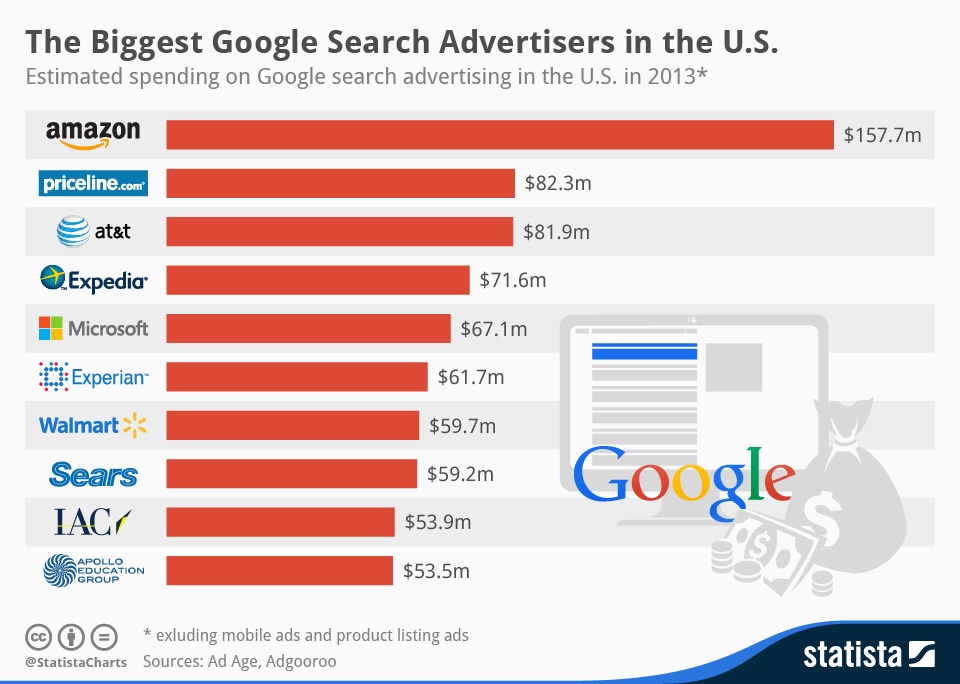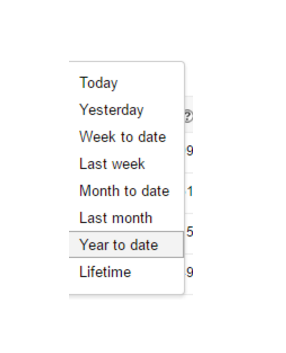PPC (pay per click) advertising is a key part of our Amazon marketing services at Bobsled Marketing, so we’ve been growing this function of the team recently.
Our 2 new PPC Specialists, Lazar and Stefan, have extensive background in Google Adwords. In learning the Amazon Sponsored Products & AMS (Amazon Marketing Services) platforms over the past few weeks, they’ve made some astute observations about the differences and similarities between the relatively new Amazon PPC platform (which was only launched in 2014) and more established ad platforms like Google’s Adwords.
Stefan is a MSc in E-business management candidate, who loves telling stories, writing copy & converting clicks into conversions. He currently tries using Google Adwords PPC best practices to convince Amazon his campaigns should get more conversions!
Lazar is a highly effective PPC specialist with a proven record track and a passion for search and internet marketing. During his career, he's been performing optimization for more than 10 million keywords on more than 10 European markets.
AMAZON SPONSORED PRODUCTS ADS vs GOOGLE ADWORDS
In this blog post we’ll cover the main differences between Google Adwords and Amazon Sponsored Products - the ad platform for brands on the Seller Central (direct to consumer / FBA) system.
1. Your ads won’t run if you don’t currently have the ‘Buy Box’
If you’re not the exclusive seller of your brand, you might be concerned that other Sellers will benefit from you running ads: that they will get sales directly off the back of your hard-earned ad placements. The good news is that your Sponsored Product Ads will only show if you currently hold the “Buy Box”. Occasionally, ads will still run even if a product is not in the buybox because it has a “restock date”. This is something that sellers should watch out for, and is part of our PPC Management process at Bobsled Marketing.
2. It might take several days for accurate advertising reportings
It can take up to 72 hours for your ad sales data to accumulate and provide accurate conversion information. We’ve sometimes seen sales attributed even after 72 hours! That’s just how amazon works - a buyer could click your ad, put an item in their cart and actually only go through the checkout process out a week later! As a result, it’s most effective to be reviewing and reporting on ad campaigns later in the week so that the data has a chance to catch up.
New advertisers shouldn’t get discouraged when first running Sponsored Product ads, as they may be seeing clicks and impressions but not sales. All new advertisers on amazon are encouraged to run their first campaign for 7 days before pausing it or making some changes.

Above: Chart from statista.com
While Amazon and Google effectively compete for advertising dollars from consumer product brands; Amazon is actually one of Google's largest clients based on ad spend.
3. Ad Groups have less keywords than Adwords
Amazon Sponsored Products Ad Groups have a maximum of 1,000 keywords. However, we’ve found it rare to need that many keywords.
4. Bids get averaged across time periods and the campaign manager lookback period is limited
The limited lookback period is one of the more frustrating elements of this new-ish ad platform. Not being able to review data for exact dates can be annoying when you’re trying to track the effects of a specific promotion. Comparing data over specific periods (this 2 week period versus that 2 week period, July 2015 versus July 2016, etc) is also trickier than Adwords, which allows you to easily compare periods.

5. Auto campaigns actually work
Unlike Adwords where auto campaigns are often supreme budget-wasters, those inside of amazon actually work! In many cases, we create & run automatic and manual campaigns simultaneously. Automatic targeting means that you can launch a search campaign and the platform to takes care of everything else, and often proves to be very profitable since the platform picks up keywords and phrases that you might not have thought of or uncovered in keyword research.
Unoptimized PPC Campaigns cost you money. Request a consultation with us as see how we can fix that for you.
6. Product Reviews can act as an additional ‘keyword container’ and help with product visibility and rank
This is where Amazon is more like ASO (iTunes and Google Play apps) than Adwords, in terms of user reviews playing an important role in ranking. A key strategy for App developers and product brands is to encourage honest reviews from users or customers, and this is no different on Amazon. Product reviews can act as a great additional "keyword container" to reinforce keywords and phrases.
7. Advertisers have a singular goal: sales
Advertisers on Google and other paid search platforms might be aiming to aid a user’s search for information or knowledge, sign up for a program, or buy a product. But on Amazon, all ads are focused on having the customer click on an ad placement, then click the “add to cart” button. This means that Advertisers won’t have to have a product battling with an e-book, pushing up the CPC (cost per click) of that keyword. Users come to Amazon to search for products to buy, rather than to gather information.
.png)
Above: Chart from statista.com
8. There are less bid types available
The bid types are fairly limited on Amazon compared with Google which has a larger collection of bid types. For example, Amazon has no modified broad or negative broad keywords. Amazon actually tested “broad negative” keywords out earlier in 2016, but it didn’t work out so well. But, Amazon is known for near-constant experiments, so it might come back in the next version of the ads interface. Google’s ad types allow advertisers to focus on different goals like maximizing conversion rates or maximizing impressions.
BOTTOM LINE
Even if you’re an old hat with other advertising platforms, PPC on Amazon can really throw you for a loop with these divergences from other platforms. That’s why we have a dedicated team of PPC Specialists at Bobsled Marketing who focus purely on getting results from this platform.
Amazon Sponsored Products can be a very profitable way to drive traffic to your brand and products, reinforcing organic search rank for keywords, and creating the kind of snowball effect that brands need to start climbing Amazon’s product ranking system and showing up higher in search results. Amazon Sponsored Product Ads can be the fastest way to get to “page 1” on Amazon for your primary search term.
And if you’re looking for expert help to manage your Amazon Sponsored Product
Ad campaigns, contact us for a consultation to see how we can help boost the
effectiveness of your Amazon PPC program.
.png)
